The reduction of the Escalante/Grand Staircase National Monument, and the Bear’s Ears National Monument by the Trump administration has unleashed howls of anguish and anger from many of my friends. The emotional response seems to me to be out of proportion to what actually happened, which is, on the actual land…Nothing.
I’ll start with the word “monument”, because we have a bad habit of using words unconsciously, without regard for energies words release. Words are symbols. We are ignorant of the power symbols contain, yet are perplexed when buffeted by emotional gusts that thunder down upon us, from where we cannot tell. A “monument” is a structure that commemorates something else. A monument is a symbolic Presence that exists as a focus of remembrance. A monument is a reminder, a guidepost backwards towards something that no longer exists. The word means, literally, “sepulcher; tomb”. It originates from the proto-indo-eurpopean word moneyo, which means “to warn or to admonish”.
This definition is ironic in the extreme when it is applied to a landscape. For, by making a landscape a “National Monument”, we unconsciously acknowledge that such a landscape is itself a symbolic homage to all lost and wrecked landscapes.
The creation of the Escalante/Grand Staircase National Monument and the Bear’s Ears National Monument was the erection, literally, of gravestones, of sepulchers, to commemorate those landscapes we have destroyed. As powerful symbols of remembrance, these National Monuments are deeply fraught with emotional power.
It is this symbolism, understood only subconsciously, that is the source of the immense, intense, outpouring of emotional expression; the grief, outrage, and anger in response to the reduction in the size of the Monuments. A reduction in size is symbolically the desecration of a grave!
If we misunderstand our own symbols, if we do not see clearly what we are doing, we may find that we cannot make decisions based in wisdom. Wisdom lies chiefly in humility, and humility is born of a true grief. Such a grief knows the value of what has been lost, so that what remains can be used wisely. Here is an interesting fact: There are no plans to exploit the areas that are no longer under the protection of Monument status. The reason is simple: there isn’t anything there. All economically viable resources on these lands have long since been identified and those that existed were exploited decades ago. The entire region was surveyed for uranium by the middle of the the 1950’s. There were no operating uranium mines in either Monument when Monument status was conferred. There are no economically recoverable gas deposits, even with fracking technology. There is coal in the Kaiparowitz- a lot of it- but in the twenty- teens, it appears that coal is an obsolete fuel. It is likely that the coal in the Kaiparowitz will never be mined.
But there is something there that people desperately need. Not wilderness per se, although people do need this. What people need is a symbol of the earth that once was before we came along and chewed it up. The lands of Monument, these wastelands, (for they are wasted in terms of recoverable resources) are the symbol. These lands are the sepulchers of the earth. They are a fitting monument for what is gone, gone forever in terms of our current memories, and what once was, in all its glory.
It was for this purpose that the Monuments were created, not in order to “protect” the land. Of course, I speak to subconscious reality, a reality betrayed by the use of the word “monument” and the uselessness of the land itself.
As for “protection”, words on paper cannot “protect”anything. A brief review of the history of this nation, a history strewn with paper promises, ground into the dirt beneath the heels of those who saw paper as no barrier to getting what they wanted, should tell us that if money can be made, that is the direction decisions will take. If you want proof of what I say, look at the Arctic National Wildlife Refuge. Alas! There is oil beneath that land, and words scratched on paper for its protection have proved to be no barrier at all to its extraction.
If words cannot protect, then what good are they? I say, it is good the Monuments exist, but not for protection. It is good the Monuments exist for the symbolic power they assume. Presidents Clinton and Obama added a great and incomprehensible value of symbolic weight to a bony, wretched, useless, uninhabitable wilderness. Suddenly, a landscape no-one knew existed became fraught with psychic weight and import.
That psychic value may result in the salvation of the planet. Just as one who mourns a deceased loved one clings to a lock of hair, or a wrinkled and battered photograph, just as a wanderer treasures a memento, a broken piece of glass, or a roof tile, of a place lost forever, the Monuments are our touchstone of primal grief.
When our loved ones were alive, we harbored all sorts of critical judgments of them, resented them in a thousand different ways, and tried to dominate and manipulate them. Oh, but once they were passed… We cling to whatever measly and useless pieces of them we have left! Too late, we realize the value they gave to our lives. We build memorials to those who die in war- not because we cared for them in life- they were the expendable cannon fodder, squandered for empire and dominion over others- but because, momentarily, too late, we recognize that these bright spirits can never be replaced. It is no different with these landscapes. They are our shattered and pathetic reminder of the beautiful planet we once lived upon. They are truly memorials to that which is lost; memorials to our own folly and inability to live wisely and with greater purpose.
We need a Monument! We need to mourn, we need to grieve for what we have lost, what we may never have again, what may be so wounded and abused, it may never willingly return to us. This is why we need a Sepulcher of Land. It is for our collective grief. If people walk out on the land, they should not do so in order to suck up its beauty, as if beauty were merely another resource to consume, a commodity to take photos of, to post on social media for others to gaze at enviously. That sort of behavior will destroy the land, as surely as bulldozers, dynamite, and pneumatic drills.
What we need, at every entrance to these Monuments, is a great pyramid of skulls, a thousand skulls, stacked up; skulls of every animal, the dead bones of outraged trees, the delicate skeletons of moth wings, the twisted vertebrae of lizards, hanging by threads from the empty eye sockets of wolves. We need the dried and mummified carcasses of emaciated polar bears on that pile, we need the pathetic handmade implements of nomads, left in the dust as they walked away from ravaged grasslands to live in corrugated hovels in nameless cities.
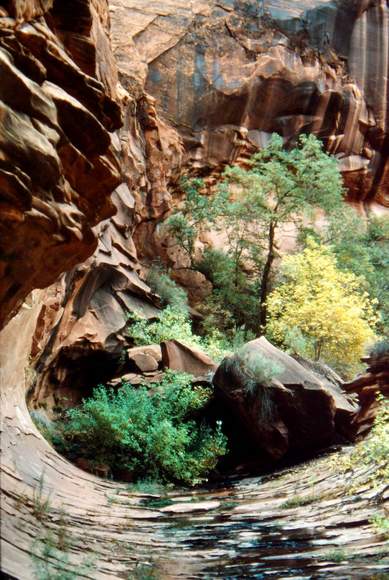 Near this pile of our grief there needs to be a sign, and it should say something like this:
Near this pile of our grief there needs to be a sign, and it should say something like this:
SILENCE! THIS IS A PLACE OF REMEMBRANCE. THIS IS A PLACE OF GRIEVING AND HEALING. COME AND GO QUIETLY, SOFTLY, WITH THAT HUMILITY THAT COMES FROM THE ACKNOWLEDMENT AND HONOR DUE OUR LOSSES, SO THAT WE MAY LIVE BETTER LIVES TOWARDS EACH OTHER TOMORROW.
These Monuments are absolutely symbolic. The reductions in size did not hurt the land. In fact, stripped of Significance, the land will fade back into obscurity, and may actually benefit from the decrease in human traffic. As Edward Abbey said,
“Simply because humankind have the power now to meddle or ‘manage’ or ‘exercise stewardship’ in every nook and cranny of the world does not mean that we have a right to do so. Even less, the obligation.”
We can love the landscape to death.
If the idea of Monument is truly honored, to go there would be to wander the land as one wept…as one felt, maybe for the first time, the weight of the destruction in which we all participate. And not just the outward destruction. It is too easy to project upon that canvas, to point the finger and feel that luxurious sense of victimization, to wallow in the illusion that it is Someone Else’s Fault. No, we can also weep for our own bulldozed heart, our mined-out hopes and dreams, our long-last-thirst-wracked arrival at the spring of emotional and spiritual connection, only to find nothing but the poisonous rind of alkali left by selfishness and protective disinterest.
Weep for it! Feel the desolation of soul that is really there! Walk every nameless bend of every nameless dry wash until your own name means nothing, walk until you are filled with such a divine grief, such a barrenness of spirit, such a keening loss, that you fall down under a nameless pinyon and let it all out in a howl beyond names. We cannot hide from grief, here on the land of clear light.
Wander the Monument, with eyes so blurred with tears that faeries and djinns appear in the shadows of rock outcrops. Stumble mindlessly and purposelessly, until every slickrock ridge, every silvered carcass of pinyon pine, every bone, whether of wild or tamed kine, becomes a reminder of the folly of false sacrifice, a monument to the truth…we traded our souls for upholstery!
If the idea of Monument were truly honored, we could walk across this desolate, uncompromising landscape, and consider what the next step shall be. Do we double down on our power and control over the world’s resources, sustain our standard of living at the frustration of the material aspirations of the other nine-tenths of the worlds population? Do we say, “No, go for it, there’s enough for everyone!” and watch the world literally disintegrate underneath our feet?
Or, do we lead? Do we touch, (with a tenderness we have never before offered ourselves) that part of ourselves that grieves, that really does value something more than the outward trappings? Do we make a conscious choice, born of that grief, and replace the Pursuit of Happiness with the Pursuit of Compassion? A National Monument would then be a holy place for the contemplation of that leadership role.
For leadership born of compassion does not control. Most people will want to experience the misery and emptiness of endless comfort for themselves! But they, unlike us, could have an example of those who have gone before them. If we become able to weep, to sit in the sand under a cacophony of sympathetic stars and howl without restraint for vanished sea-turtles, we will howl, not only for the turtles, but for the damage we did to other humans. We will howl for the damage we did to ourselves! Are not the frogs, the tendrils of wind, the sparks that swirl up from a juniper campfire, of the same stuff as we are? Can we clamor for the preservation of wilderness and at the same time, abuse and exploit our partners, our children, our co-workers, neighbors, our own arms, ribs, toes?
Perhaps if we go out upon the Monument and experience the truth of what we have lost, we may understand that we cannot “save” one thing and ignore another. If the Monument serves its purpose as Relic, Remnant, Talisman, Worthless Scrap, we may pause upon return.
We may listen to another and not offer any advice. We may not speak at all! And if pressed, we may offer only a smile and an encouragement, a vote of confidence that recognizes the same creative madness we carry within ourselves
We may cry where we used to hit. We may hug where we used to ignore. We may pray where we used to leap into action. We may courageously tell the truth about ourselves where we used to employ masks. Maybe, just maybe, the Monument will help us do that. Maybe if we come forth from the Monument, with the power of felt grief like a golden aura about us, we will come forth to make the lives of others better. We will come forth to connect more authentically, to love more daringly.
If the Escalante/Grand Staircase National Monument existed for this purpose, it may do some good after all. If the Bear’s Ears National Monument existed for this purpose, it may do some good after all. If the Monuments exist only as forms of political terrorism, if they exist only to provide a recreational resource to be exploited and consumed, they carry within them the seeds of their own destruction, and whoever is surprised at their inevitable demise demonstrates an ignorance of the Divine Balance.
And if the Monuments exist because we need to grieve among the bones, then the Monuments do exist.
They shall ever be so, and cannot be destroyed. They exist whenever She walks out upon the broken wreckage of that worthless, dried-up land and exposes the broken wreckage of her own soul to that same broken soul.
This is my appeal to all who are angry at the reduction in the Escalante/Grand Staircase and Bear’s Ears National Monuments. You are perhaps, not angry at the loss of a Monument. You are angry about a thousand other losses, some so deep, so profound, so personal, you may not even recognize them. Feel that anger, feel that loss! Allow it to drive you, to impel you out into the land, and once there, dig deep, until the spring of your grief wells forth. Feel that which is exquisitely Divine- we know it does not have to be this way! Weep until you are spent, weep until you dissolve into the land, which is but your own Being, and allow that wholeness and connection to inform you upon your return. This is the Monument. This is the Truth. And no-one can take this away from you, or from me.
Loch Wade has worked as a commercial fisherman, a locomotive mechanic, an airline pilot, and a hay farmer in Boulder, Utah. He was the first and so far, the only person to paddle a kayak across the Continental United States, alone and without any mechanical assistance. He was the first person since 1848 to travel the entire length of the Old Spanish Trail on foot.

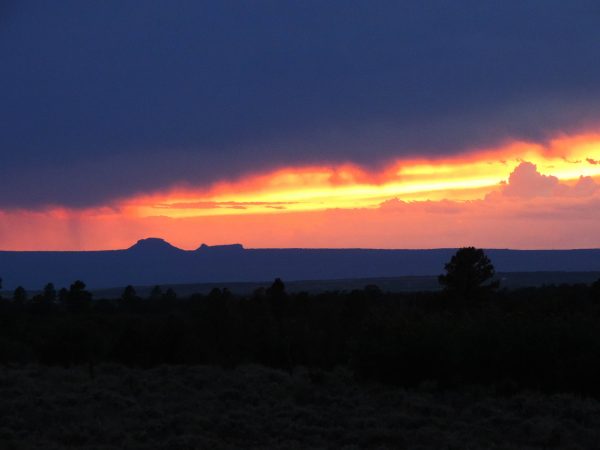
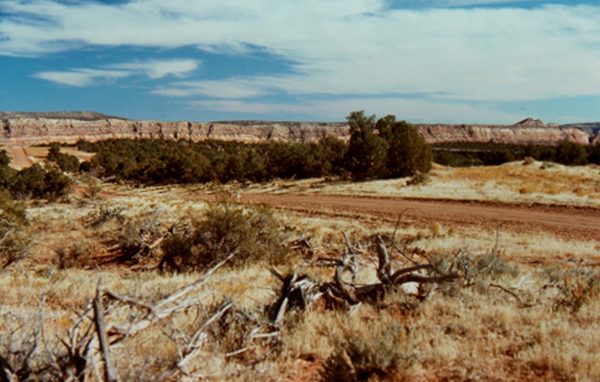
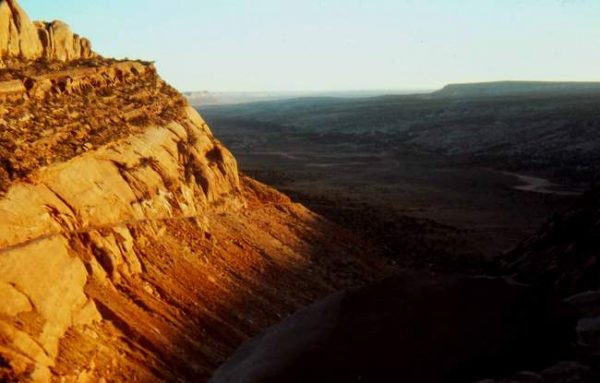
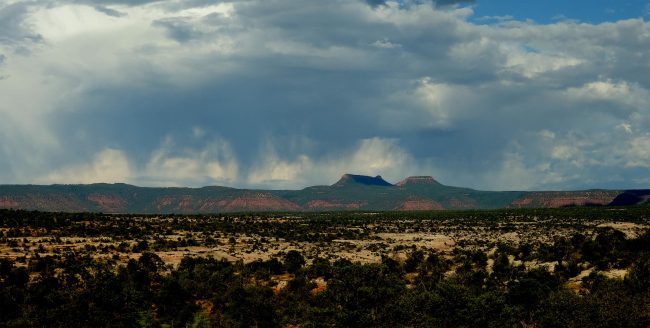
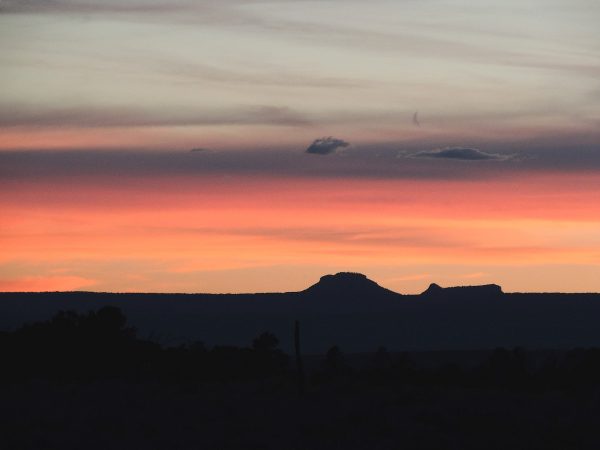
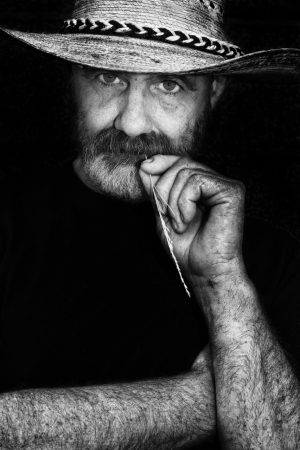

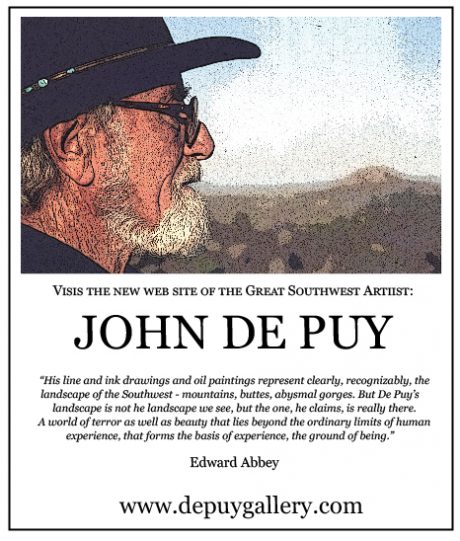

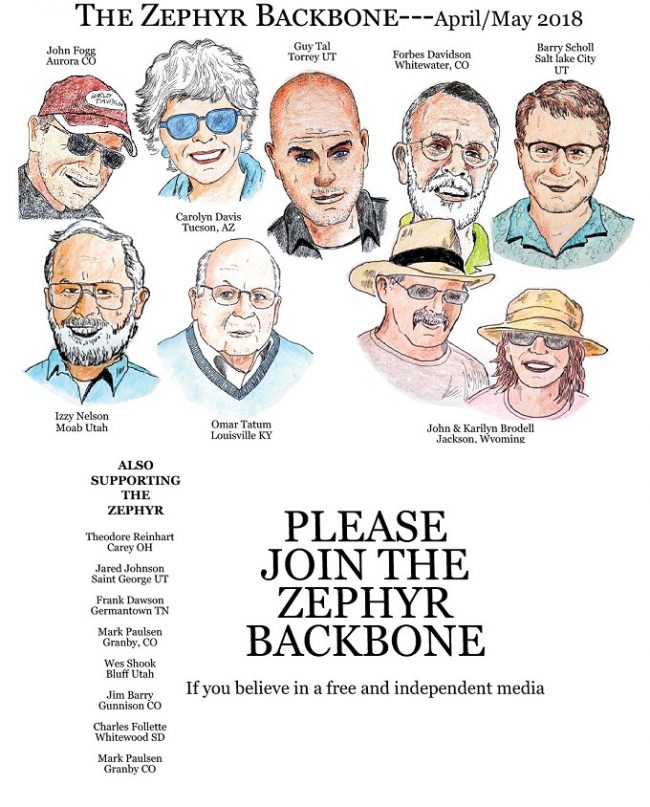



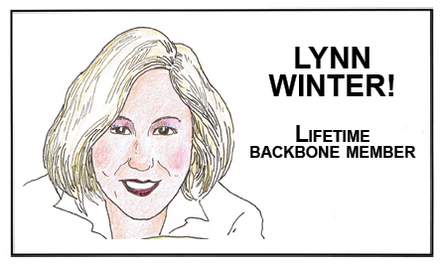
Loch, I do grieve.
Here in California (My wife and I’ll visit Escalante in May/June.) there is little more (more than grief ? deeper than grief?) I can do except “comment” to the BLM, send dollars to SUWA for their lawyers, outreach info, pulling folks together, etc., and support The GSENM Partners.
My greatest monument-desecration-fear is a paved Hole-in-the-Rock road.
Grief holds hands with anger holds hands with Grief.
Thank you, Jim, for publishing Loch’s essay and for continuing to bless us with your world.
Keep listening.
Love,
Trout Black
This is one of the more thought-provoking pieces I’ve read in quite a while. Loch employs a time-honored method of reflection, linguistics. Just what >do< all these words mean? "Designated Wilderness Area" might sound frightening and intimidating to the desperate masses living their lives of quiet desperation, but "National Monument"… now that's a horse of a different color. But would the same hordes who descend upon a national monument take the time to visit a "National Historic Site"? It seems like "State Park" is usually a euphemism for a reservoir and the drowned landscape. "National Recreation Area" covers a variety of things, from hideous monster water projects to "National Forest" places being loved to death by the caring and the careless alike. I wonder what odds Loch would give for "his" definition of "Monument" to ever take hold? I find it as highly desirable as it is unlikely. Am I paraphrasing Cactus Ed when I say "We are the enemy"?